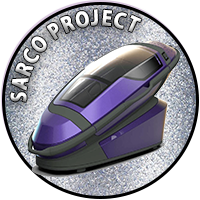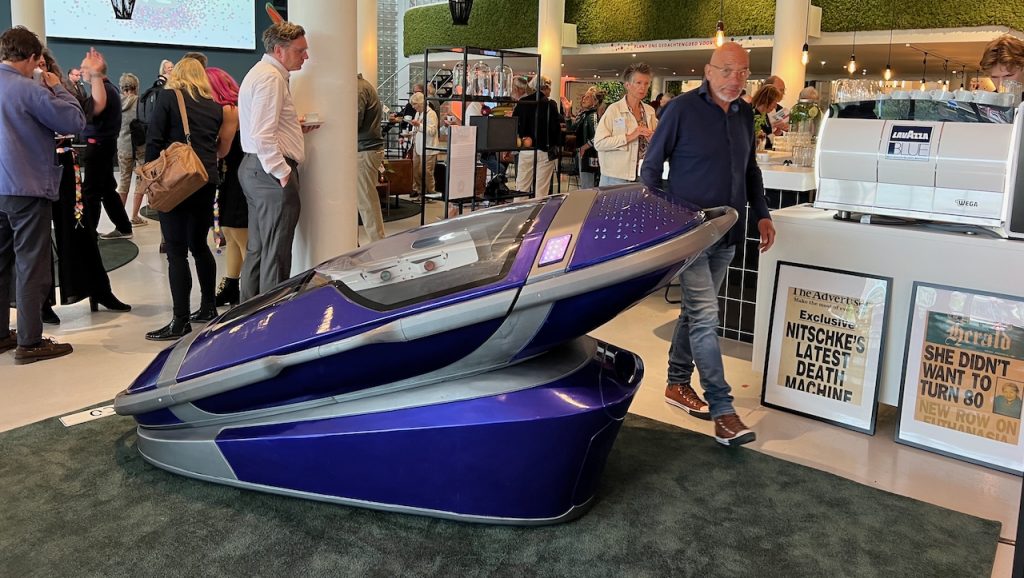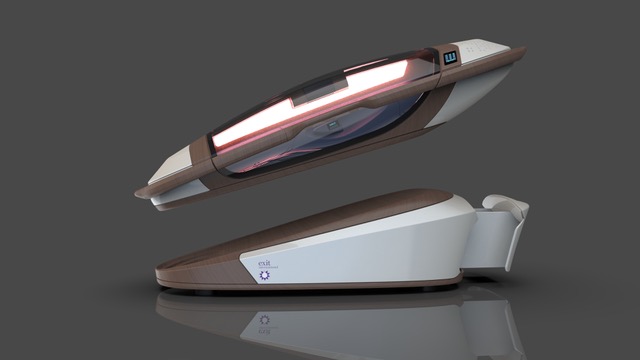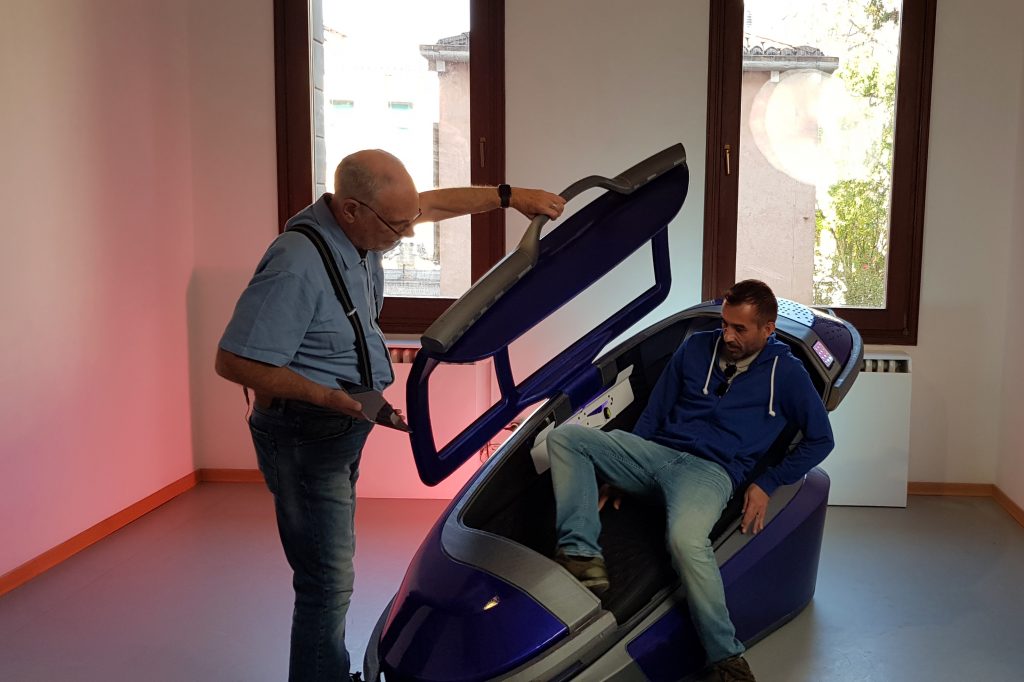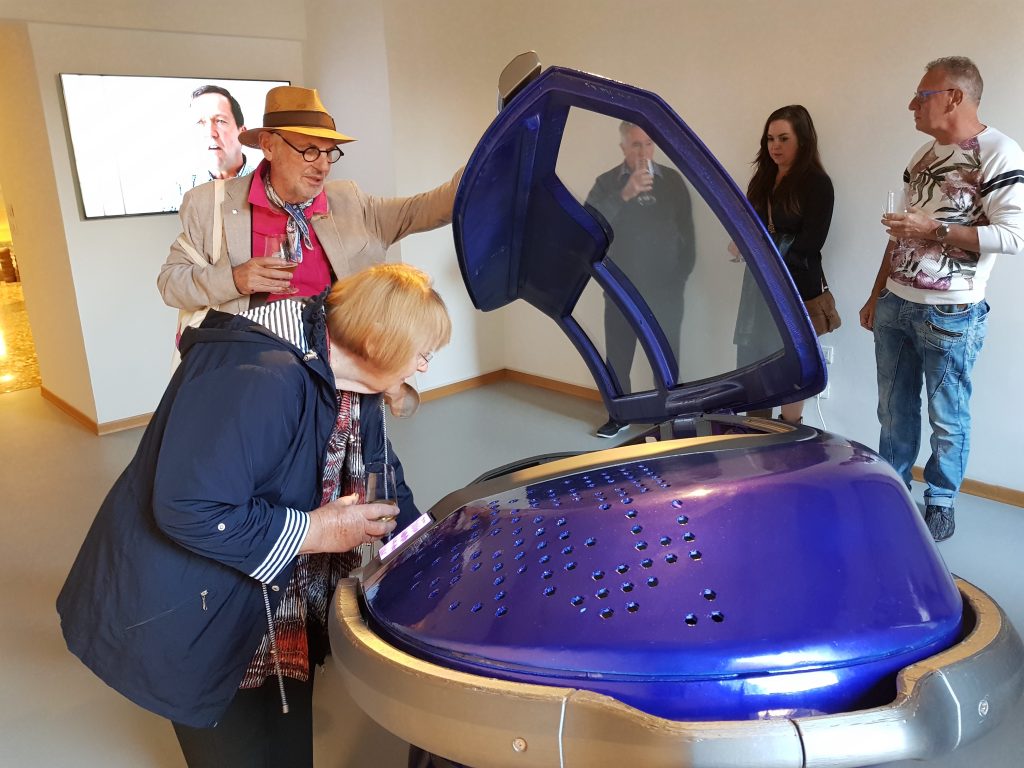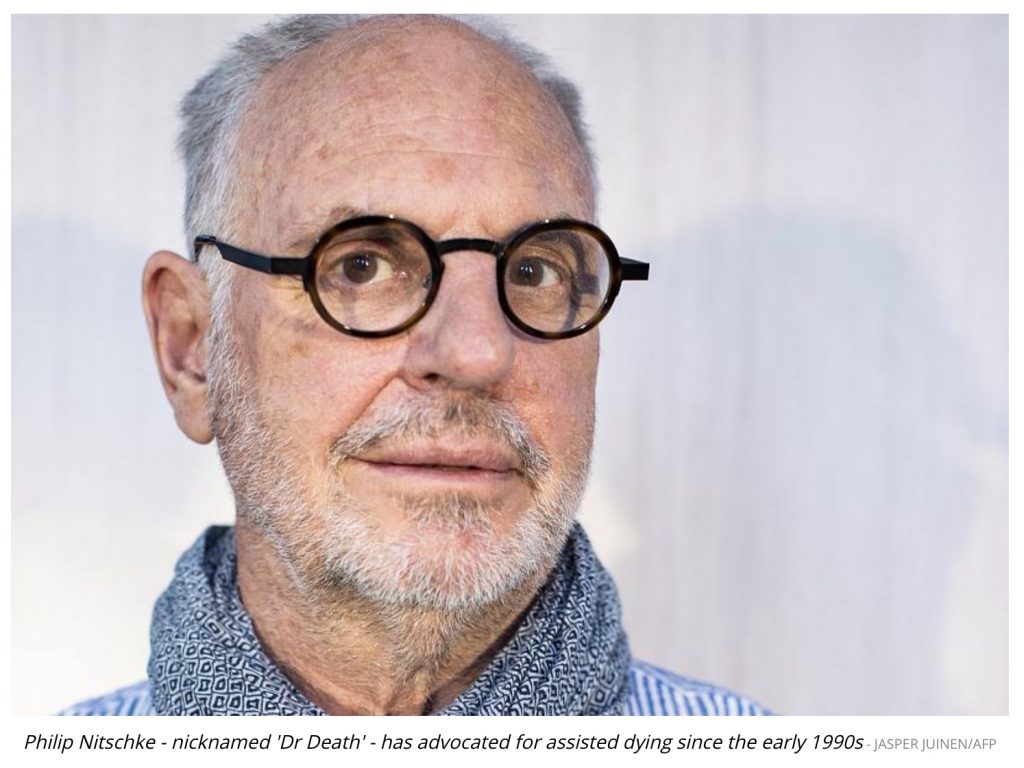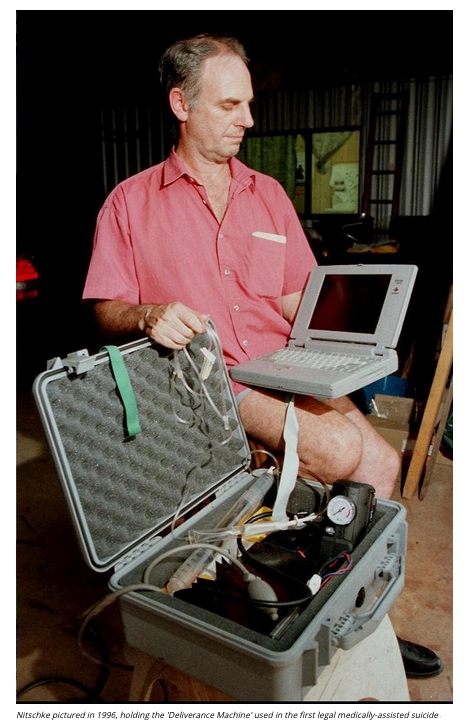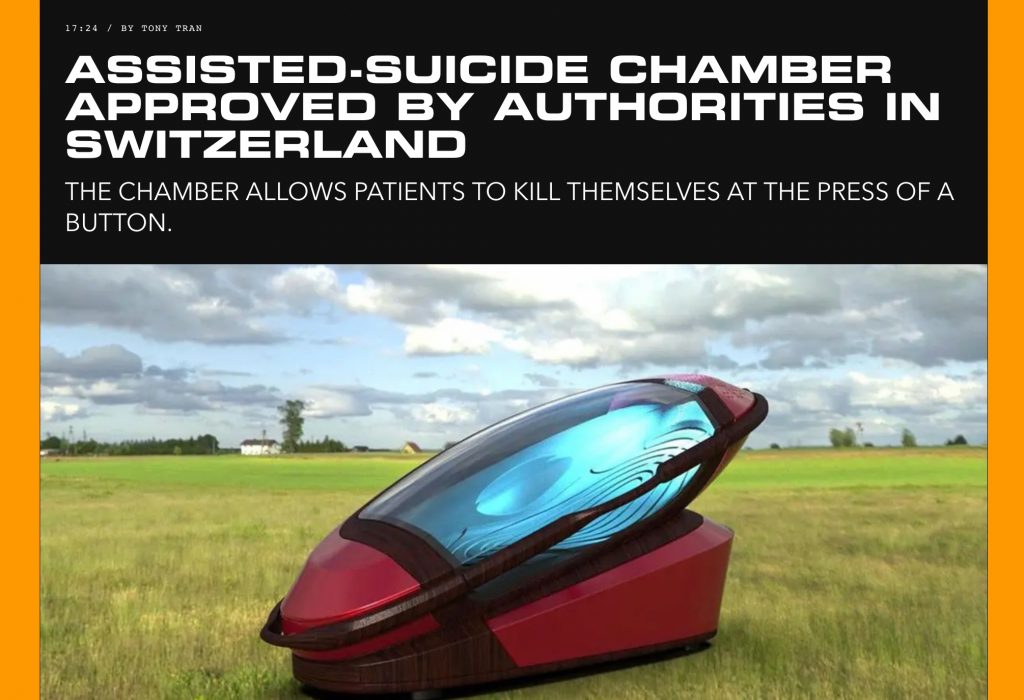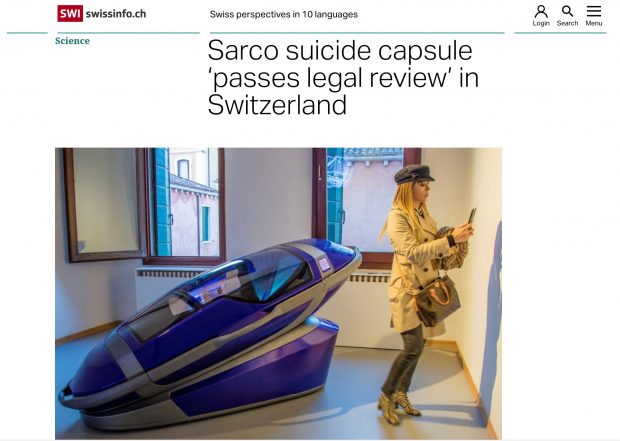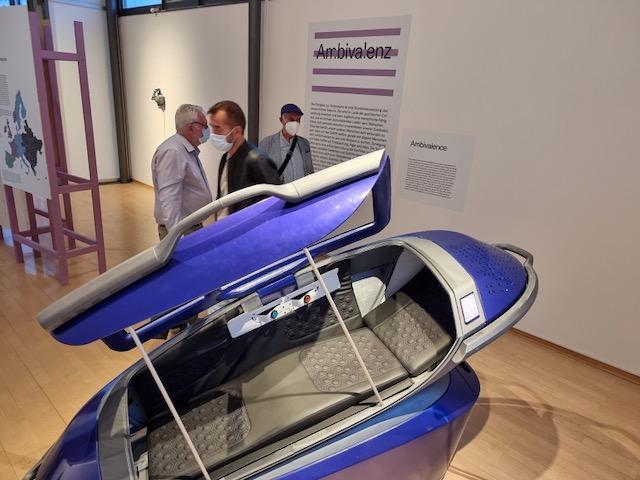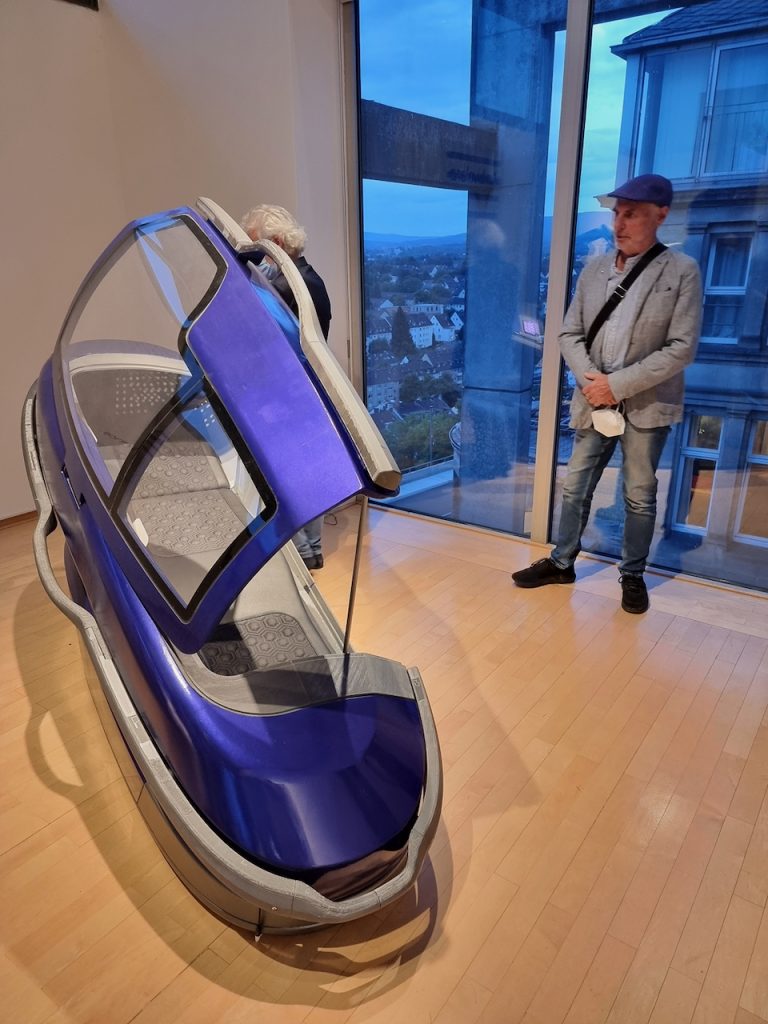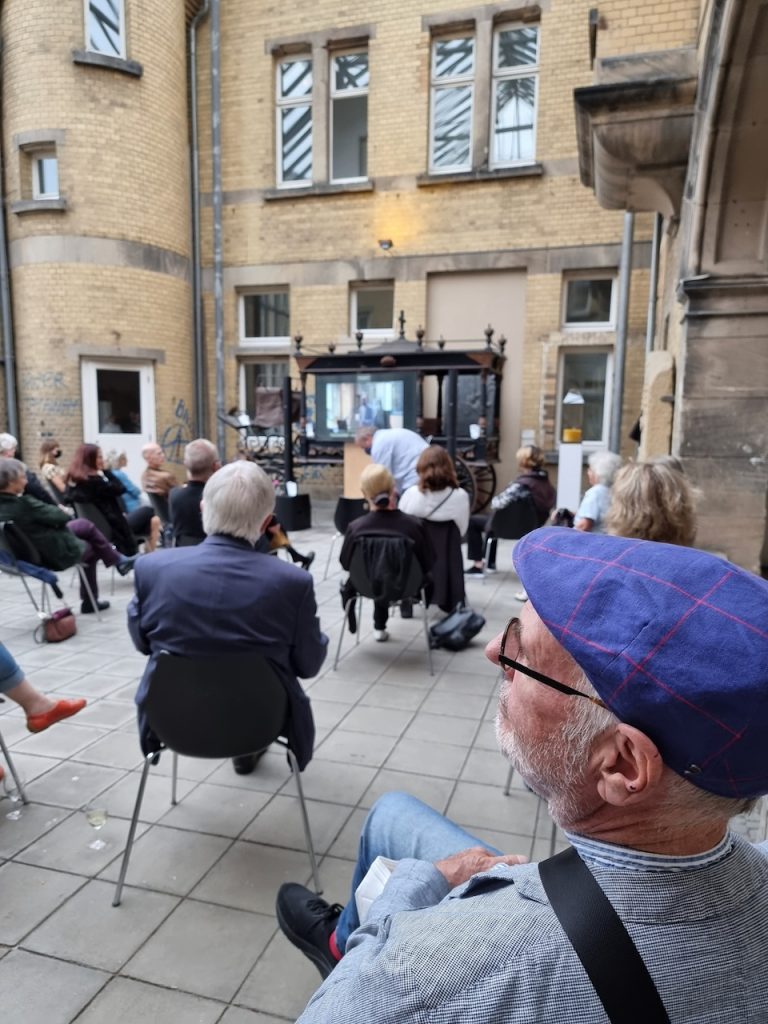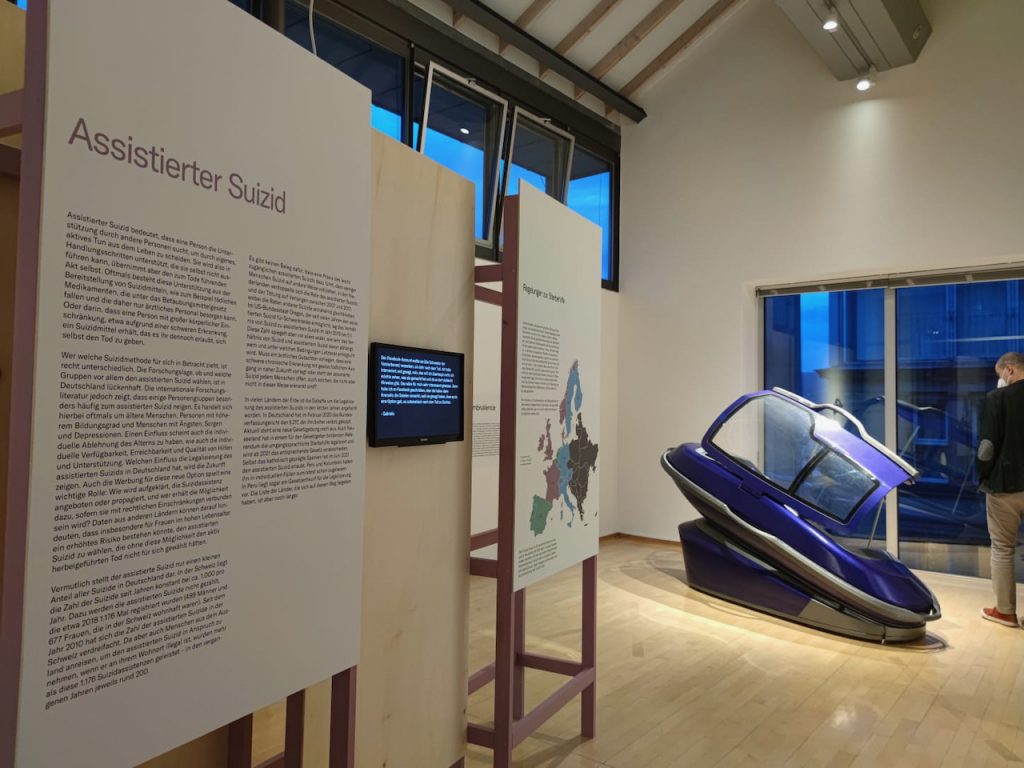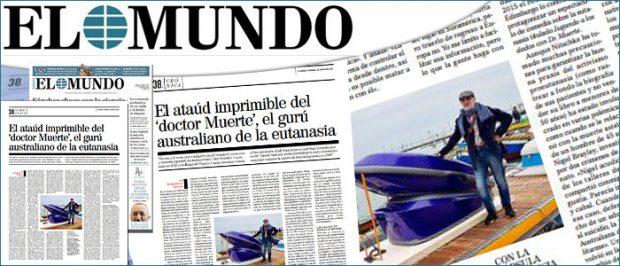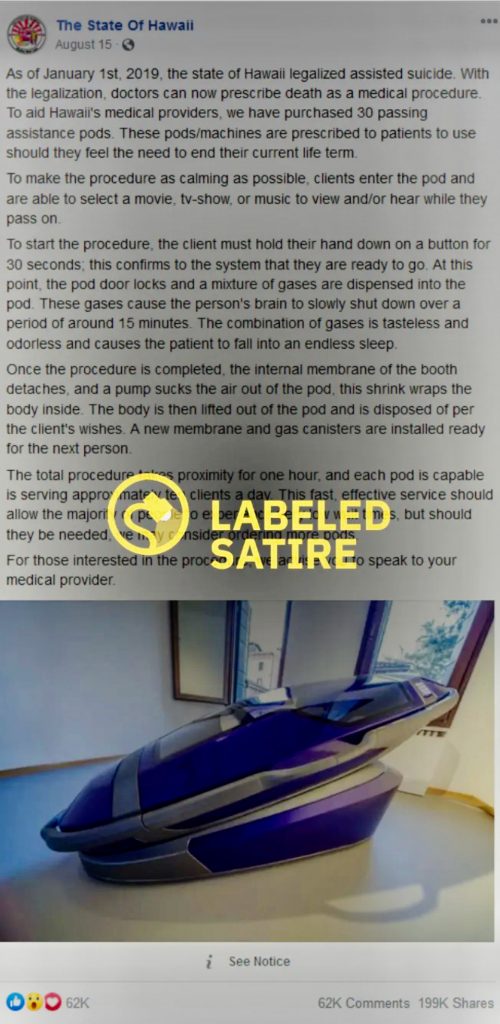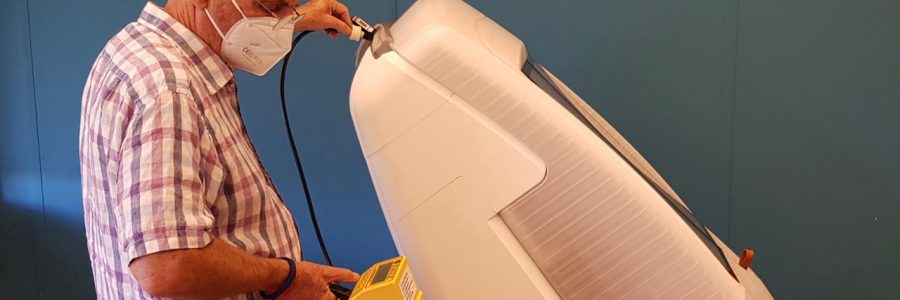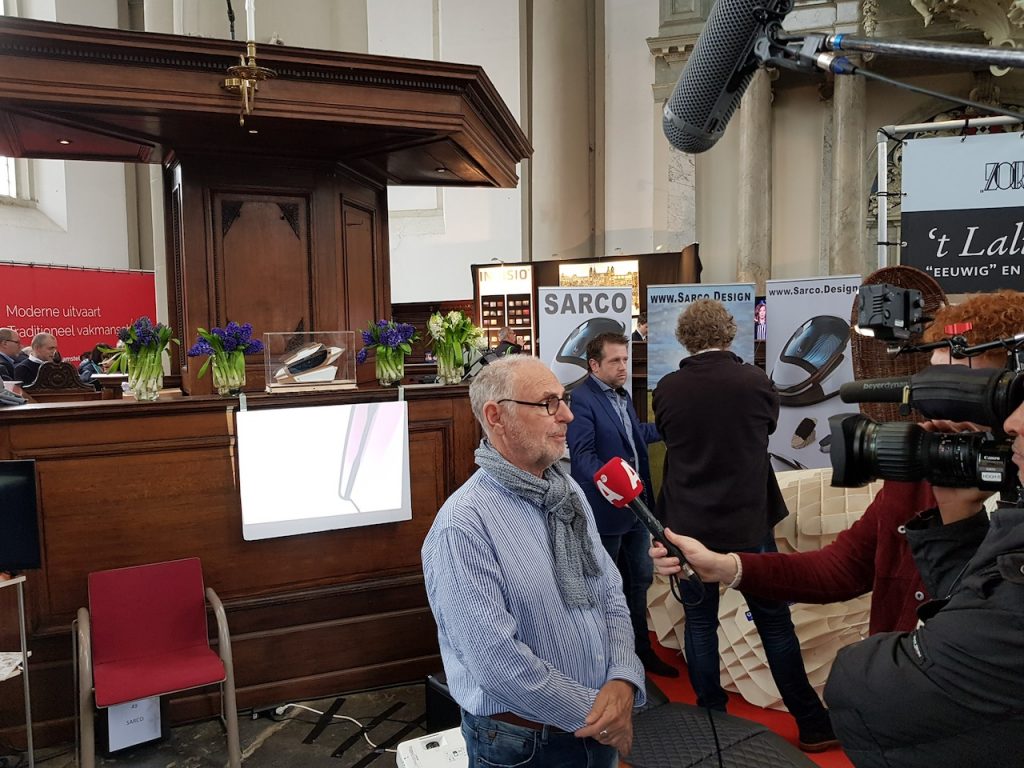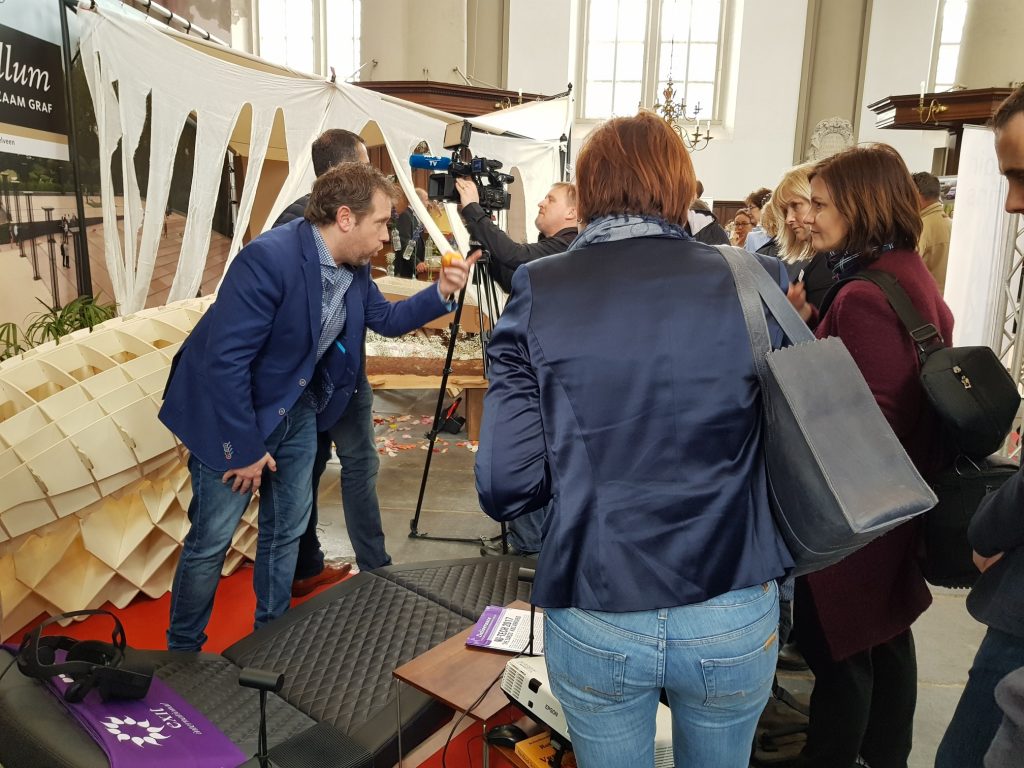Alabama carried out the first American execution using nitrogen gas on Thursday evening, killing a convicted murderer whose jury had voted to spare his life and opening a new frontier in how states execute death row prisoners.
The execution of the condemned prisoner, Kenneth Smith, 58, began at 7:53 p.m. Central time, and he was pronounced dead at 8:25 p.m. in an execution chamber in Atmore, Ala., according to John Q. Hamm, the state prison system’s commissioner. The U.S. Supreme Court allowed the execution to move forward over the objections of its three liberal justices and concerns from death penalty opponents that the untested method could cause Mr. Smith to suffer.
Mr. Smith, who was strapped to a gurney with a mask placed on his head, appeared conscious for several minutes after the nitrogen gas started flowing into the mask, depriving him of oxygen, according to a pool report from five Alabama journalists who witnessed the execution. State lawyers had previously claimed in court filings that an execution by nitrogen would ensure “unconsciousness in seconds.”
He then “shook and writhed” for at least two minutes before beginning to breathe heavily for several minutes. Eventually, the journalists said, his breathing slowed until it was no longer apparent.
Mr. Hamm said it looked like Mr. Smith had tried to hold his breath as long as he could, and he downplayed Mr. Smith’s body movements, saying “nothing was out of the ordinary from what we were expecting.”
Before he was executed, Mr. Smith gave a lengthy final statement from the execution chamber in which he said, in part, “Tonight, Alabama caused humanity to take a step backward,” according to the witnesses.
Lee Hedgepeth, a reporter in Alabama who witnessed the execution, said Mr. Smith’s head moved back and forth violently in the minutes after the execution began.
“This was the fifth execution that I’ve witnessed in Alabama, and I have never seen such a violent reaction to an execution,” Mr. Hedgepeth said.
It was the second time Alabama had tried to kill Mr. Smith, after a failed lethal injection in November 2022 in which executioners could not find a suitable vein before his death warrant expired. Mr. Smith’s lawyers and the state’s attorney general, Steve Marshall, said Thursday’s execution was the first that had been carried out by nitrogen anywhere in the world.
Other states have looked to Alabama’s experience as they face mounting problems obtaining lethal injection drugs because of pressure from medical groups, activists and lawyers. Mississippi and Oklahoma have authorized their prisons to carry out executions by nitrogen hypoxia, as the method is known, if they cannot use lethal injection, though they have never tried to do so.
“Our proven method offers a blueprint for other states and a warning to those who would contemplate shedding innocent blood,” Mr. Marshall said, suggesting that the availability of an “efficient” execution method could act as a deterrent to criminals.
The Supreme Court’s order allowing the execution to go forward did not give an explanation, as is often the case when the justices decide on emergency applications. The court’s three liberal members disagreed with the majority’s decision.
In a strongly worded dissent, Justice Sonia Sotomayor voiced concerns about Alabama’s new method. “Having failed to kill Smith on its first attempt, Alabama has selected him as its ‘guinea pig’ to test a method of execution never attempted before,” she wrote. “The world is watching.”
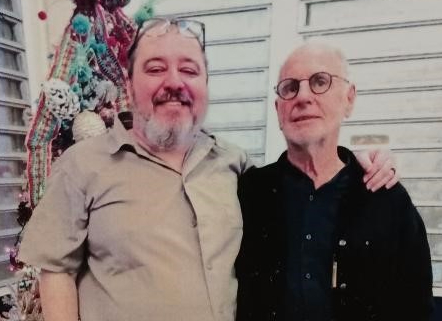
Kenneth Eugene Smith with Philip Nitschke
EXIT PHOTO: Kenny Smith & Philip Nitschke, Holman Prison, 13 December 2023
Justice Elena Kagan, in a separate dissent joined by Justice Ketanji Brown Jackson, wrote that she would pause the execution to give the court time to examine the “exceptional circumstances” surrounding Alabama’s new method of execution and Mr. Smith’s challenges.
“The state’s protocol was developed only recently, and is even now under revision to prevent Smith from choking on his own vomit,” Justice Kagan wrote.
Nitrogen hypoxia has been used in some assisted suicides in Europe and elsewhere, though the precise method that Alabama used differs from common practice. Lawyers for the state had argued that such a death was painless and quick. They also noted that Mr. Smith and his lawyers had themselves identified the method as preferable to the troubled practice of lethal injection in the state.
But in their last-ditch petition to the Supreme Court, Mr. Smith’s lawyers argued that Alabama’s protocol would create a substantial risk for suffering.
Dr. Philip Nitschke, a pioneer in assisted suicide who estimated that he had witnessed roughly 50 deaths by nitrogen, had said that the use of a mask could lead to problems that might involve substantial distress and pain.
Gov. Kay Ivey of Alabama said she had chosen not to exercise her clemency power to spare Mr. Smith.
“The execution was lawfully carried out by nitrogen hypoxia, the method previously requested by Mr. Smith as an alternative to lethal injection,” Ms. Ivey said in a statement.
The Supreme Court on Thursday allowed the first American execution using nitrogen gas to move forward, with the court’s three liberal members publicly dissenting.
A day earlier, the Supreme Court had also declined to intervene in the lawyers’ appeal of a separate case, in which they had argued that trying to execute Mr. Smith a second time amounted to unconstitutional cruel and unusual punishment, partially because of how harrowing the 2022 execution attempt had been.
Mr. Smith’s case is unique in part because the jury that convicted him of murder in 1996 also voted 11 to 1 to sentence him to life in prison rather than death, but the judge overruled their decision. Alabama has since made it illegal for judges to overrule juries that have recommended a life sentence — a prohibition that now exists in every state — but the new law does not apply to previous cases.
Mr. Smith’s spiritual adviser, the Rev. Jeff Hood, was in the room during the execution and said that he had watched “minutes of someone struggling for their life.” He said earlier on Thursday that Mr. Smith was gravely afraid of the execution going wrong. “He’s terrified that this thing is going to completely torture him,” Mr. Hood said before the execution.
Mr. Smith, he said, ate his last meal on Thursday morning: a T-bone steak, hash browns and eggs, all from Waffle House and slathered with steak sauce. Prison officials said that to reduce the likelihood of Mr. Smith vomiting during the execution, he would not be permitted to eat after 10 a.m.
Before the execution on Thursday, a White House spokeswoman declined to comment on it.
“This is a state-level case and I won’t speak to the details of this particular case,” said the spokeswoman, Olivia Dalton, adding that President Biden had broad concerns about how the death penalty “is implemented and whether or not it’s consistent with our values of fairness and justice.”
Mr. Biden campaigned on ending the federal death penalty after it was resurrected by President Donald J. Trump. Under Mr. Biden, the Justice Department has instituted a moratorium on federal executions, but the department also said this month that it would seek the death penalty against the white gunman who fatally shot 10 Black people in a racist attack at a Buffalo, N.Y., grocery store.
Alabama’s first use of nitrogen gas comes after several botched or difficult lethal injections in which executioners struggled to find veins on the men they were trying to put to death.
In 2022, executioners tried for hours to access Joe Nathan James’s veins, ultimately slicing into one of his arms in what is known as a “cutdown” in order to administer the fatal drugs, according to a private autopsy. Since 2018, three death row prisoners in the state, including Mr. Smith, have survived execution attempts because of difficulty inserting intravenous lines.
Four days after failing to execute Mr. Smith in 2022, Governor Ivey, a Republican, halted all executions in the state and asked the prison system, the Alabama Department of Corrections, to review its procedures. The state resumed executing people in 2023, killing two men by lethal injection.
After Thursday’s execution, one of the murder victim’s sons, Michael Sennett, who witnessed it, spoke briefly to reporters.
“Nothing that happened here today is going to bring Mom back,” he said. “It’s kind of a bittersweet day. We’re not going to be jumping around, hooting and hollering ‘hooray’ and all that. That’s not us. We’re glad this day is over.”
Ms. Sennett was stabbed 10 times in the attack by Mr. Smith and another man, according to court documents. Her husband, Charles Sennett Sr., had recruited a man to handle her killing, who in turn recruited Mr. Smith and a third man. Mr. Sennett arranged the murder in part to collect on an insurance policy that he had taken out on his wife, according to court records. He had promised the men $1,000 each for the killing.
Mr. Sennett later killed himself; one of the other men involved in the murder was executed by lethal injection in 2010, and another was sentenced to life in prison and died in 2020.
